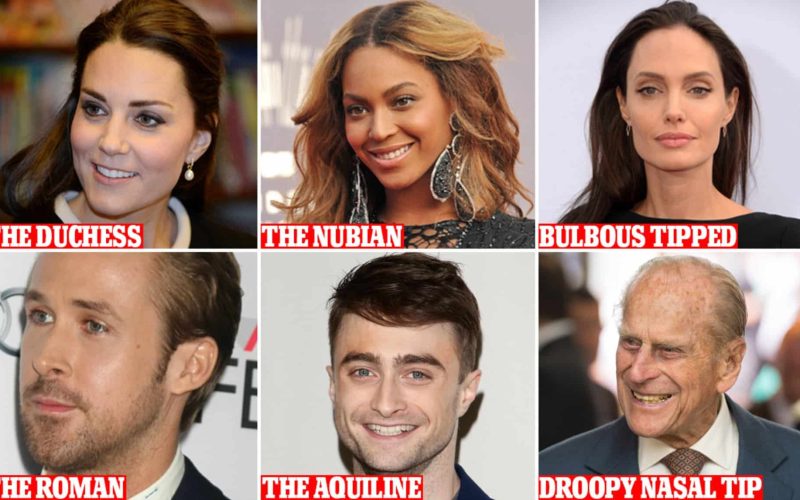Do you know the Shape of your Nose? Do you know that there are different types of nose shapes? Looking closely, you’ll see that everyone has a different one.
The main attraction of your face and its most noticeable feature is your Nose.
Thus, the Nose naturally plays a large role in how we appear. Some people have long noses, while others have small, wide, or thin ones.
All these variations in nose shape can be attributed to human evolution.
Your Nose’s structure reveals a lot about your family’s origins. The main attraction of your face and its most noticeable feature is your Nose.
Thus, the Nose naturally plays a large role in how we appear. Around the world, there are many different types of nose shapes.
But it’s important to remember that some people do have cosmetic surgery.
Although there are many types of noses, rhinoplasty or nose surgery may be helpful if you are dissatisfied with how your Nose looks or functions.
Here are some of the different types of nose shapes we have.
1. Bulbous Nose
A bulbous nose appears to have a rounded, large nasal tip, which frequently upsets the harmony of your facial and other nasal features.
The extra cartilage must be removed, and the remaining cartilage must be properly sculpted using sutures to correct a bulbous nose.
Some persons may have a bulbous nose due to the skin condition rhinophyma. The CO2 or Erbium laser may be the best treatment for precise rhinophyma nose reshaping.
2. The Greek Nose
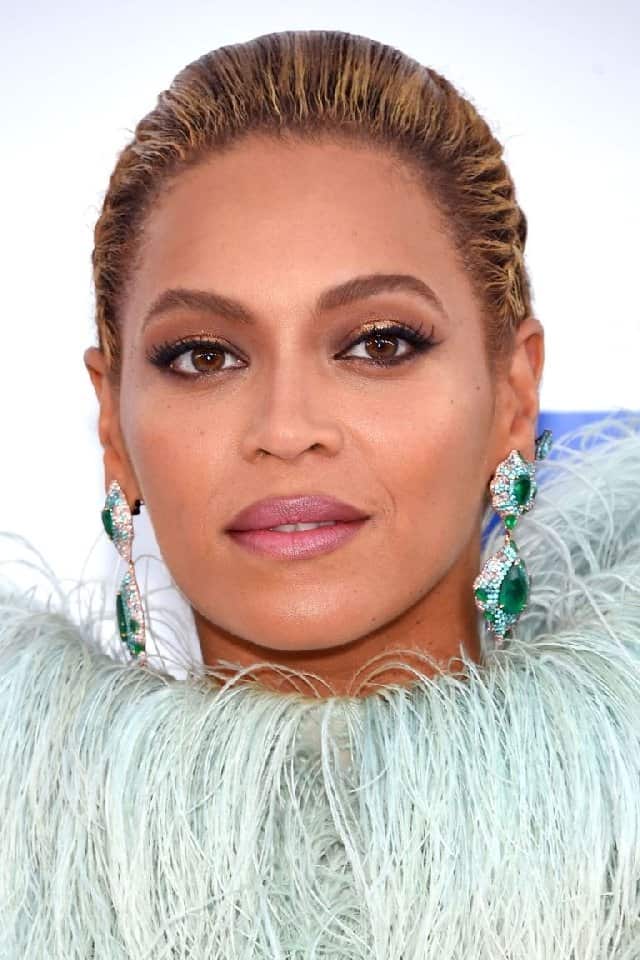
Greek shapes are distinctive. You’ll note that this Shape was present in most ancient Greek sculptures and artwork.
It has a thin, pointed shape straight at the edge when viewed from the front.
Such a nose is often associated with someone who enjoys a sober lifestyle. They dislike unrealistic expectations and prefer to deal with the facts as they are.
They also live secluded lives and tend to keep their true identities hidden. It takes some time before you can comprehend someone like that.
They don’t enjoy publicity and want to keep their personal lives out of the spotlight.
Due to its exquisite appearance, the nose shape is highly desired by people who want a nose job.
3. The Duchess Nose
The Duchess is next on our list of the different types of nose shapes.
This nose shape was named after the nearly flawless Nose of the Duchess of Cambridge, the most frequently requested rhinoplasty nose shape.
It has a 106-degree nasolabial angle, a clear bridge, and a straight nose with balanced breadth and height.
In contrast to the upturned Nose, which is also very popular among women, this nose form looks excellent on both sexes.
4. Upturned Nose

The nose tip sticks upward in this case, and the Nose is frequently small and turned up.
Additionally, the dorsum of a celestial or tilted nose frequently develops a small depression in the middle.
Patients frequently request a nose like this when they see a plastic surgeon. Having an upturned nose is not a medical emergency.
But until it prevents you from breathing, it would be ideal if you avoided any surgical procedures.
5. The Button Nose
This nose shape is next on our list of the different types of nose shapes.
The button nose is sometimes regarded as the shortest nose form you may find on a human individual.
However, that is untrue. The short Shape is ideal because it is smaller.
It’s wonderful to have since it makes you appear young and joyful. Short-nosed people have attractive features and make pleasant company.
However, they dislike those who engage in gaming. Keeping them upbeat is preferable to letting them lose their composure.
They enjoy socializing, yet they keep their personal information to themselves.
They are not, however, dismissive because of that. The opposite is true. They are open and welcoming to strangers.
They attract more individuals since they have such a real personality.
6. Fleshy Nose
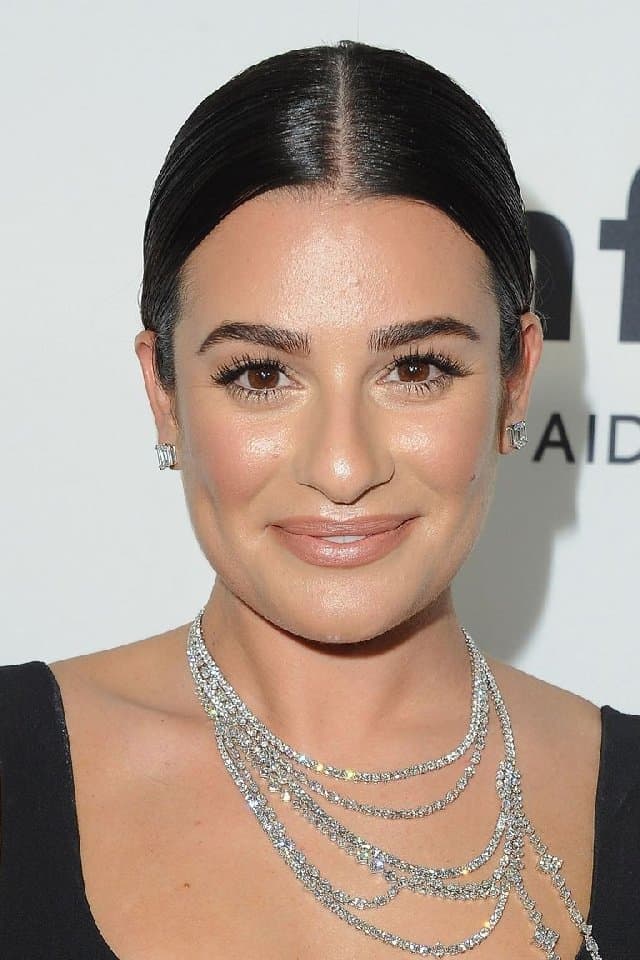
The nasal root of people with fleshy noses is small and widens into a bulbous apex and tip.
More than 24% of people are born with a fleshy-shaped nose, making it the most prevalent nose shape.
Rather than having a skeletal look, fleshy noses can have either a large or a little nose tip that is fleshy or fatty.
7. Snub Nose
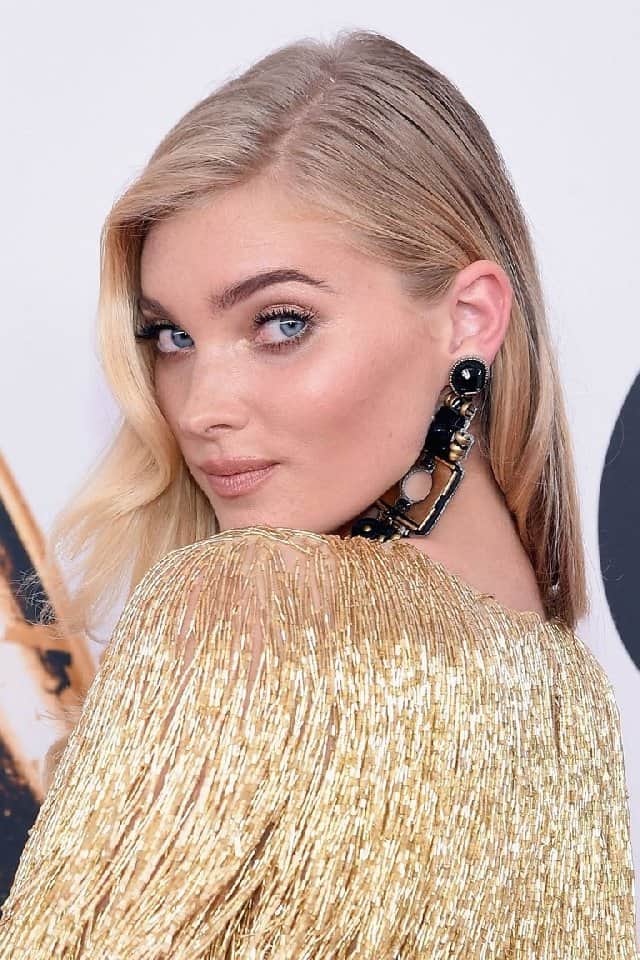
Snub Nose is next on our list of the different types of nose shapes.
The nostrils are more visible from the front of snub noses because they frequently have a rounder shape and an upturned component.
Particularly cute is the button nose, which is common in people with delicate features of European or Asian descent. This type of Nose has a long, tapering, pointed tip.
A button nose resembles an upturned nose, frequently called a snub nose.
Patients with button noses frequently request a rhinoplasty to extend the Nose and shorten the nasal tip.
8. Straight Nose
The Nose has broader nostrils than others, and the tip of the straight Shape is rounded. A person who understands is said to have a straight, flat nose.
Kindness is a quality that straight-nosed individuals share.
They connect with others better and have stronger emotional intelligence. People around them are likely to open up and become at ease.
They would like to be emotionally in check and think things out first. Having said that, if someone has a foul disposition and is rude, they won’t hang around.
9. Roman Nose
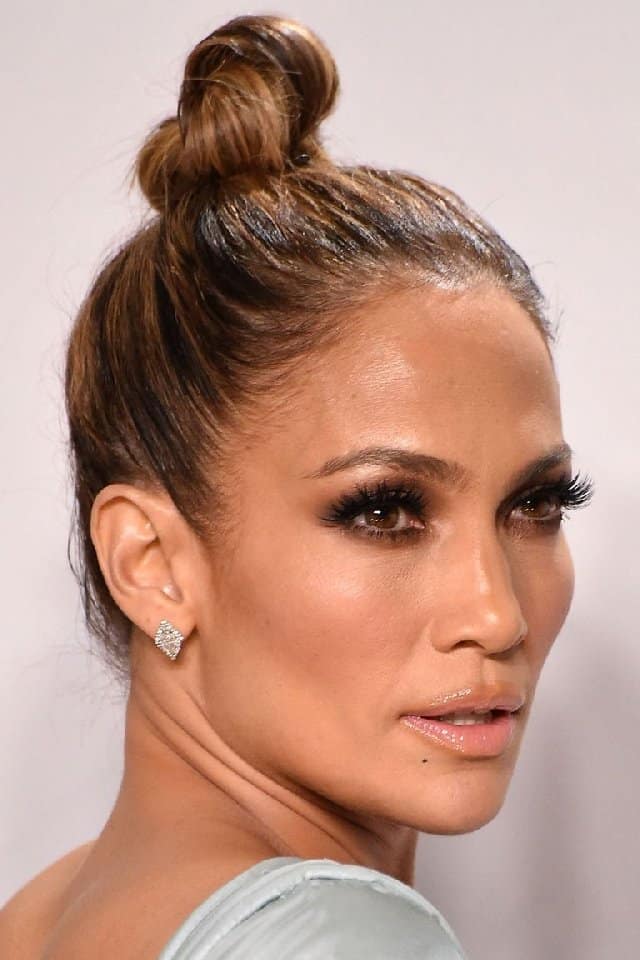
Roman Nose is next on our list of the different types of nose shapes.
Due to its frequent association with the facial features of ancient Roman statues, the Roman Nose has earned its name.
The nasal bridge of the Roman Nose is long, clearly defined, and slightly curved.
Male celebrities prefer this nasal Shape because it gives the face a robust, masculine aspect. The aquiline Nose is another name for the Roman Nose.
10. Nubian Nose
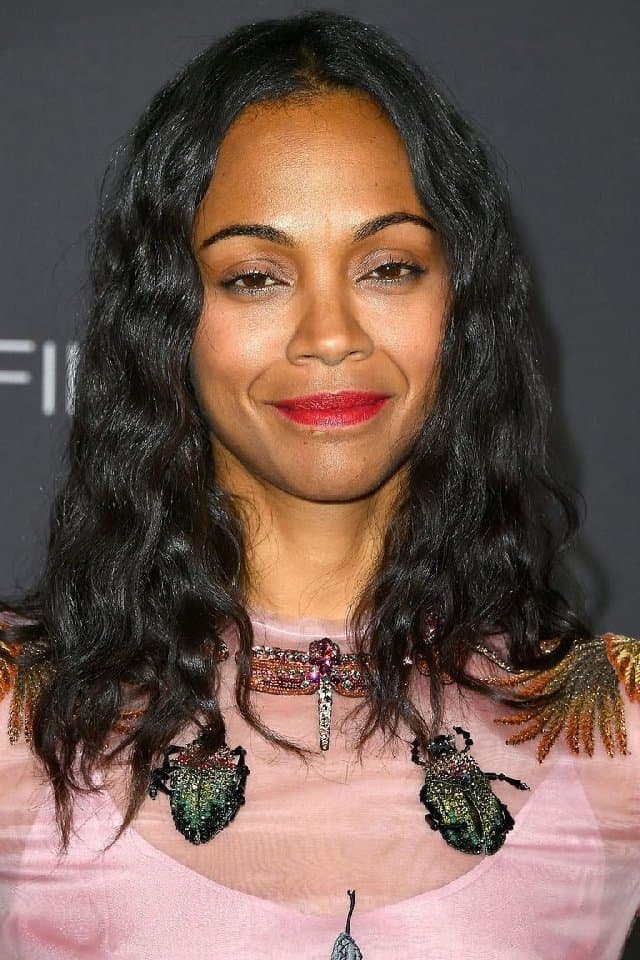
The likelihood of having a Nubian nose shape is higher in people with African ancestry.
A Nubian nose has a wide base, a long bridge over the bridge of the Nose, and a tip that frequently curves downward toward the lips.
Given that it frequently alludes to ancient Numidia in North Africa, the name of this nasal type reveals its ancestry.
Rihanna and former President Barack Obama are two well-known individuals with noses resembling those of Nubians.
Many Nubian nose wearers go for rhinoplasty to get their optimum nasal size because they desire a smaller nose shape.
11. The Hooked Nose
This nose shape is next on our list of the different types of nose shapes. The hook’s design is similar to a bird’s beak.
Due to its structure, some people refer to it by the same name. It tends to slope downward at the tip of the Nose.
The features of those with this nose shape are just as unusual as the Shape itself.
They are powerful and adept at making their arguments. They have strong opinions and don’t care whether others disagree.
Getting their point through is of utmost importance. It’s simpler to seize chances and take chances.
They do things for a reason that is consistent with their worldview and set of values.
12. Bumpy Nose

Nine percent of people have noses with bumps along the nasal bridge, either because of their natural Shape or trauma.
Typically, bumpy noses have a curving tip that might be minor or prominent.
Many people who have rough noses choose rhinoplasty surgery to address this aspect.
13. Nixon Nose
Last on our list of the different types of nose shapes is the Nixon Nose. Less than 1% of people have the Nixon nasal type, which bears the president’s name.
It is an extremely uncommon nose shape. The Nixon nose form is characterized by its extraordinarily long, straight, narrow bridge that ends in a fleshy, bulbous tip and by its widely spaced nostrils.
There are different types of nose shapes exist, and some types are listed above.
Several elements, including ethnicity, geographic location, and genetics, determine your Nose’s form.
However, you can change the Shape you choose with rhinoplasty.
Plastic surgeons may tamper with a person’s nose proportions using ever-more-advanced surgical methods and materials until the perception of their face can be drastically changed by only a few straightforward changes in form, size, or contour.
Others would tell you it begins with a flawless nose, contrary to popular belief that beauty is merely skin deep or subjective.




